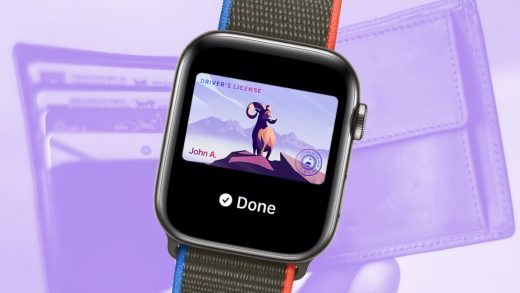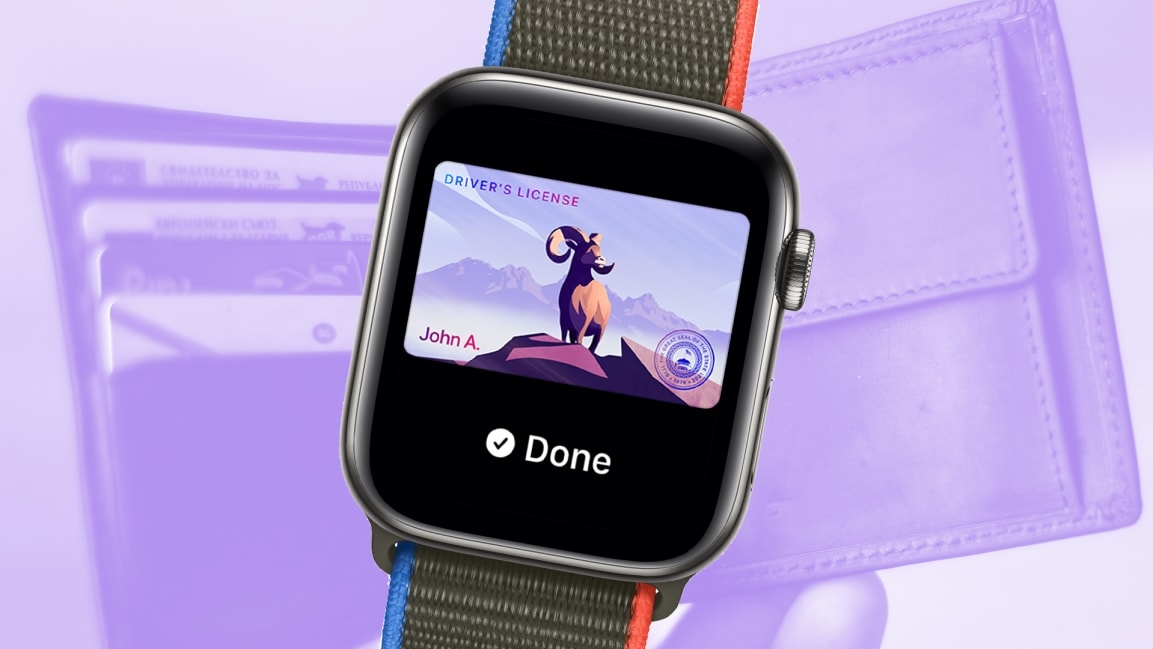The Apple Watch is getting ready to replace your wallet and keychain
Apple has called the Apple Watch its most personal device ever. Ever since the Watch appeared in 2015, it’s held the promise of not just counting steps and heartbeats but also acting as a sort of personal passport that can identify and authenticate you to gain access to places and services in the world.
Apple took some large steps toward this vision this week at WWDC. On Monday, its Apple Watch announcements centered around using the smartwatch to hold driver’s licenses, house keys, and transit passes. All of these tricks will also work on the iPhone, but they’re far more useful on the wrist. The whole idea is not having to reach into a pocket or purse–with your credentials on your wrist, both hands remain free.
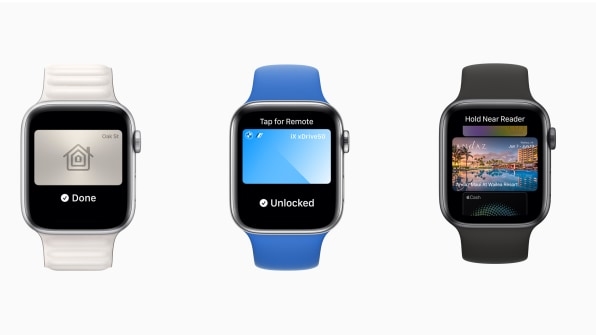
After hearing all this, I emailed Ari Roisman, who first clued me into Watch-as-passport vision back in 2015. “I’ve been saying for years that the untethered wrist wearable will be standard for identification, authentication, communication, and payments,” Roisman wrote back. “I personally don’t even carry my wallet except for when I know I need my ID or when a store doesn’t accept Apple Pay.” Roisman is CEO of Glide, the Watch-based video-messaging app, and cofounded Wristcam, which makes an Apple Watch band with a camera.
I don’t rely on my Watch quite as much as Roisman does, but I soon might. I began to think about the reasons I still have to carry my wallet around.
Apple knocked out a big one when it let people load their credit cards and other forms of payment into the Watch’s Wallet. Apple Pay payments work without an iPhone because the Watch can connect to bank servers through the retailer’s card reader. Retailers slowly began accepting Apple Pay, and now the payment standard is accepted by most brick-and-mortar stores. One less reason to carry a wallet.
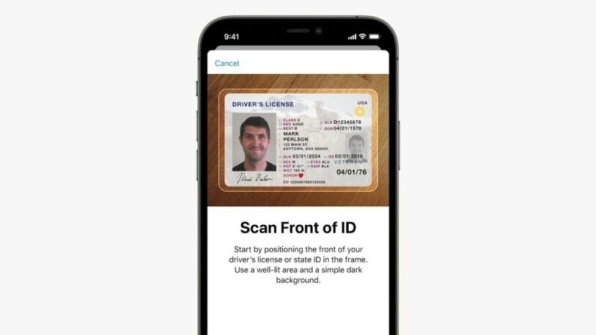
[Photo: Apple]
IDs are another major reason we carry wallets. With watchOS 8, you may be able to load up your driver’s license or state-issued ID into your Watch. Like your credit cards, IDs will be encrypted and stored in the Watch’s Secure Enclave. Apple says a few states already intend to issue and honor digital IDs later this year, and more will surely follow. The company has also been working with the Transportation Safety Administration to allow passengers to present their ID from their Watch at certain airports.
I haven’t commuted to an office in over a year, but I may soon. So I’ll need my transit pass. Luckily, where I live I’ll soon be able to put my pass on my Watch. Apple has been working with various cities to enable their public transit turnstiles to read transit cards stored on Watches. It’s already done so in San Francisco, New York, Beijing, and Tokyo. watchOS 8 will let people digitize their transit cards in more U.S. cities, in more Japanese cities, and in some mainland China cities, Apple says.
Keys on your wrist
Actually, Apple isn’t just going after the physical wallet. It wants the Watch to replace that other thing we grab when we leave the house–physical keys.
Apple Watch is already capable of unlocking certain kinds of door locks. Apple says it’ll be able to open even more kinds of locks this year. The Home Key feature uses the Watch’s NFC radio (the same one used in Apple Pay) to communicate with the lock in the door.
More hotels will likely start to let you put your room key in your Watch as more room locks go digital. Hyatt hotels will start rolling the function out in more than 1,000 properties worldwide starting this fall, Apple says.
And finally, Apple has already enabled some car-key functionality in the Watch, but now it’s expanding it. Apple Watch Series 6 models will be able to use their ultra-wideband radio to automatically unlock a car as the user approaches it–no need to tap on the screen. Apple says BMW and others will ship cars that support that function later this year.
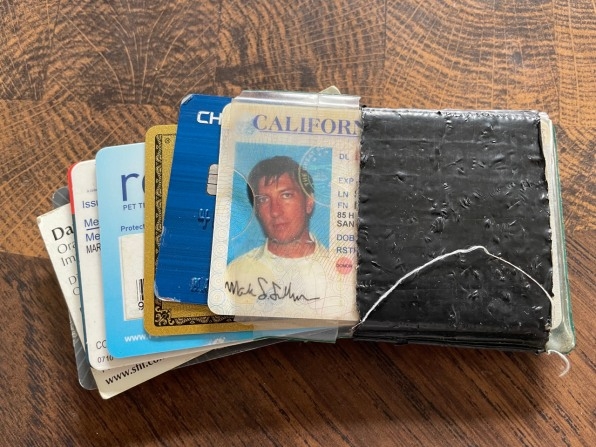
[Photo: Mark Sullivan]
I already leave my wallet at home quite a lot because I feel pretty sure that if I need to pay for something, Apple Pay will be accepted. Maybe next year I’ll leave my wallet at home even more because I’ll feel assured that the doorman at a bar or a security guy at the airport will accept the digital ID in my Watch.
I hope more businesses and public services catch on to the idea of authenticating customers digitally, without the need for some physical document. My library card should be in my Watch, as should the key to my apartment building. I should be able to key into a Zipcar using my Watch. My health insurance information should be there, perhaps along with my medical records.
In the beginning, Apple marketed the Watch as a sort of remote control for the iPhone–something you could glance at and perform simple tasks without taking out your phone. In 2016, Apple began marketing the Watch as a fitness device, and that strategy led to an acceleration in sales. But the Watch continues to evolve. Fitness could cease to be the main draw of the device. If the Watch lets people carry their ID and house keys, the device could become crucial in new ways. If ID issuers buy into the idea, and consumers get used to digital locks, the Watch could see a new surge in sales.
These things take time, but I don’t see too many more new wallets in my future.
(28)

